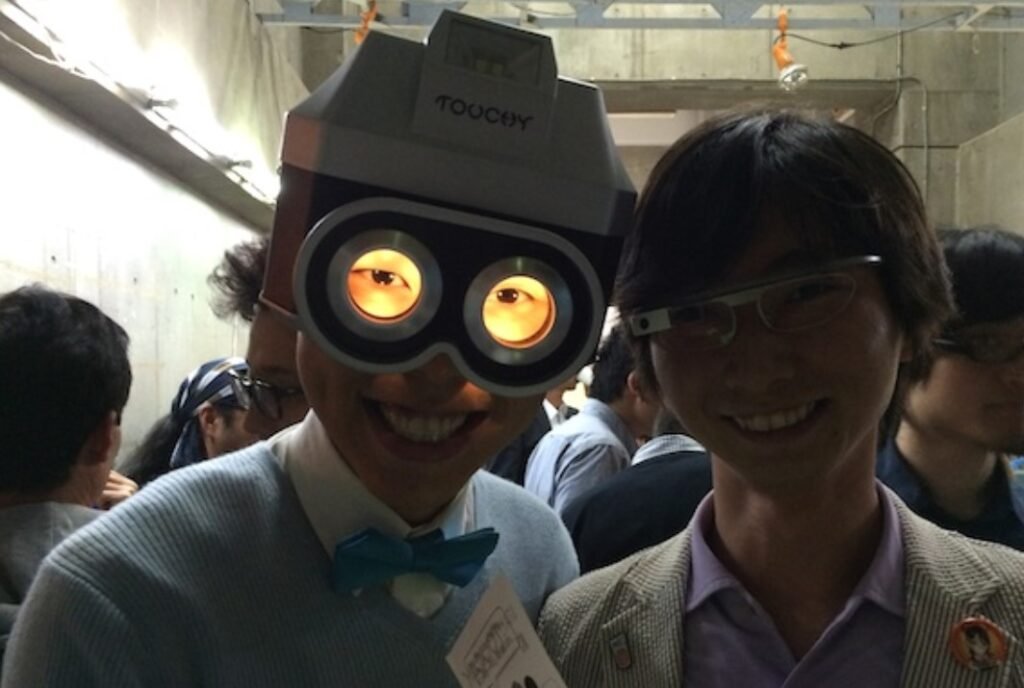Apple has announced its first mixed reality headset, the Apple Vision Pro, which will launch in the U.S. on February 2, 2024. The device promises to blend digital content with the physical world and offer immersive experiences with apps, entertainment, and connection. However, not everyone is impressed by Apple’s latest innovation. In fact, many critics and analysts have pointed out the flaws and limitations of the Vision Pro, and why it is unlikely to succeed in the market. Here are some of the reasons why Apple Vision Pro is the wrong product at the wrong time and at the wrong price.
Vision Pro is too expensive for most consumers
The most obvious drawback of the Vision Pro is its hefty price tag. The device costs $3,500, which is more than twice as much as the iPhone 15 Pro, and more than 10 times as much as the Oculus Quest 2, a popular VR headset. Apple claims that the Vision Pro is a premium device that offers unparalleled performance and quality, but many consumers may not be willing or able to afford such a luxury gadget. Moreover, the Vision Pro requires an iPhone 15 or later to function, which adds another $1,000 to the cost. The Vision Pro also has a limited battery life of only four hours, which means that users will have to charge it frequently or buy an external battery pack.
Vision Pro is not compatible with most apps and content
Another major issue with the Vision Pro is its lack of compatibility with most apps and content. The device runs on visionOS, a new operating system that is based on iOS and iPadOS, but has a different user interface and input system. Users can control the Vision Pro with their eyes, hands, and voice, but not with a mouse, keyboard, or touch screen. This means that most existing apps and content will not work well or at all on the Vision Pro, unless they are specifically designed or adapted for it. Apple says that there are more than 1 million compatible apps on the App Store, but most of them are simple or casual apps that do not take full advantage of the Vision Pro’s capabilities. The device also lacks support for popular platforms and services such as YouTube, Netflix, Spotify, and Steam, which offer a vast amount of content for VR and AR users.

Vision Pro is not immersive or realistic enough
The Vision Pro is supposed to offer a mixed reality experience, which combines elements of virtual reality and augmented reality. However, the device fails to deliver a convincing or satisfying level of immersion or realism. The Vision Pro uses micro-OLED displays, which have a high resolution and brightness, but a low field of view and contrast. The device also uses cameras to show the real world, but the quality and latency of the video feed are not optimal. The Vision Pro also relies on Spatial Audio, which creates a 3D sound effect, but does not have any haptic feedback, which is essential for tactile sensations. The Vision Pro also has a 3D camera that can capture spatial photos and videos, but the quality and resolution of the images are not impressive.
Vision Pro is not ready for the mass market
The Vision Pro is a bold and ambitious product, but it is also a risky and experimental one. The device is not only expensive and incompatible, but also unproven and untested. The Vision Pro is Apple’s first attempt at creating a mixed reality headset, and it is likely to encounter many technical and practical challenges. The device may have bugs, glitches, or malfunctions that could affect its performance and safety. The device may also face legal and ethical issues, such as privacy, security, and regulation. The device may also have social and cultural implications, such as acceptance, etiquette, and stigma. The Vision Pro is not a product for the mass market, but rather for the early adopters and enthusiasts who are willing to pay a premium and tolerate the drawbacks.
The Apple Vision Pro is a remarkable device that showcases Apple’s innovation and vision. However, it is also a flawed and limited device that does not meet the expectations and needs of most consumers. The device is too expensive, too incompatible, too unrealistic, and too unready for the market. The device may have some niche applications and use cases, but it is unlikely to become a mainstream or successful product. The Vision Pro is a flop in the making, and Apple may have to rethink its strategy and approach for the future of spatial computing.
